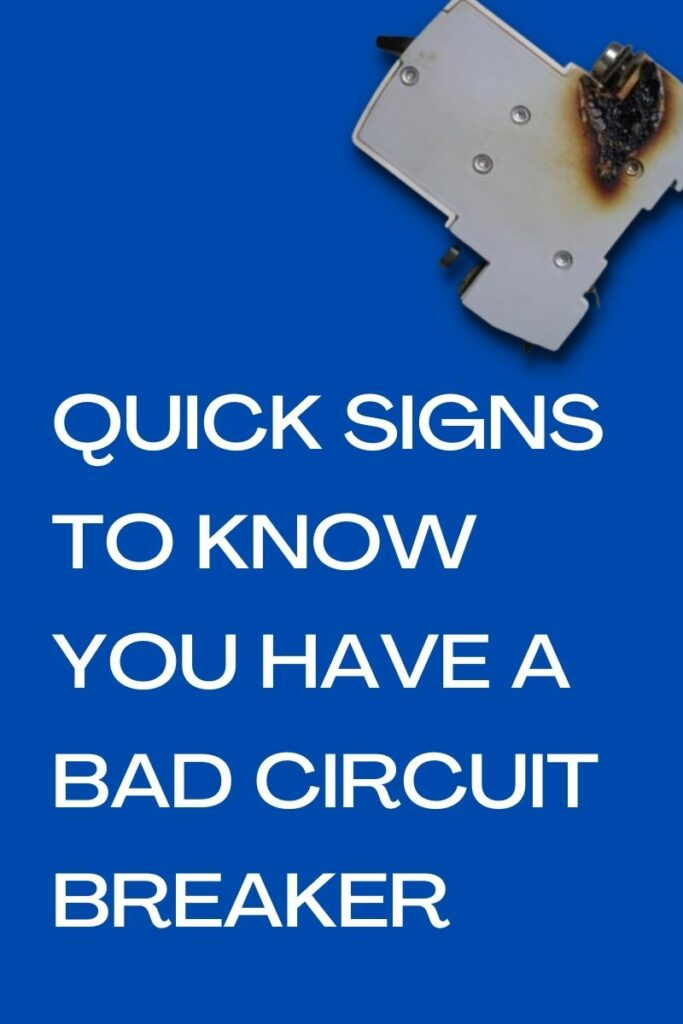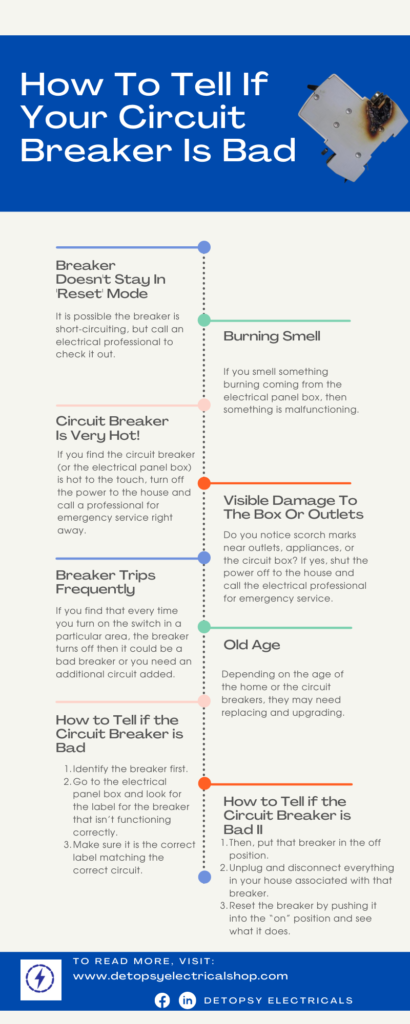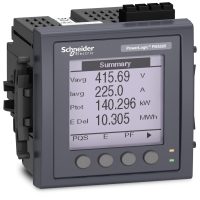Subtotal:
₦1,628,196.00
Quick Signs To Know You Have A Bad Circuit Breaker

A bad Circuit breaker can cause a lot of problems for you. Everything on the circuit inside the electrical panel in the house, from appliances to lamps, to light fixtures, etc. is controlled by the circuit breaker. Circuit breakers, like anything else, can malfunction. It may not be as pricey if you catch it early.
A malfunctioning circuit breaker is inconvenient enough, but if your power source isn’t working properly, you might be in for far more trouble. Breakers protect you, your home, and your office from electrical issues like current overloads. If the circuit becomes overloaded, the breaker will trip, cutting off power and lowering the risk of fire. Even if there is no overload, a breaker can trip, but knowing which situation applies can be tricky.
What Are The Signs of A Bad Circuit Breaker?
To mention a few, the breaker does not remain in the “reset” state, the electrical panel box has a burning odor, it is hot to the touch, there is physical damage, it trips regularly, or it is just old.
Let’s look at why this is important. The key indicators are given above identify what could cause this, other areas of worry, recalls, the significance of acting quickly, and when to seek expert help.

“the breaker does not remain in the “reset” state, the electrical panel box has a burning odor, it is hot to the touch, there is physical damage, it trips regularly, or it is just old.”
Download this Infographic for quick reference.
Key Signs That You Have a Bad Circuit Breaker
1. The Breaker Doesn’t Remain in “Reset” Mode
It’s possible that the breaker is short-circuiting, but have it examined by an electrician. Importantly, you want them to look inside the unit and at the walls to make sure there aren’t any other potentially dangerous issues.
2. A Burning Stench
Something is wrong if you smell something burning coming from the electrical panel box. Turn off the house’s main electricity and contact a professional for emergency help straight soon. This could cause a fire to break out in the house.
3. It’s Hot To The Touch.
Turn off the electricity to the house and call a professional for emergency service right away if the circuit breaker (or the electrical panel box) feels hot to the touch.
It’s also possible that the hot spot isn’t only the electrical panel box, but a dimmer switch in the house. If this happens to you, you’ll need to look into the number of watts that can be held and the wattage that is plugged in.
4. Visible Damage To The Box Or Outlets
Are there any burn marks around outlets, appliances, or the circuit box? If this is the case, turn off the power to the house and contact an electrician for emergency service. This shows that a wire has melted, and the house may catch fire soon.
Thermal imaging can also locate the source of heat. The FLIR camera can reveal where in the house heat is escaping. We can discover the source of the heat using an infrared camera, allowing inspectors to pinpoint the problem. Because we can’t see behind barriers, this provides the necessary viewpoints.
5. Breaker Trips Regularly
If the breaker trips every time you turn on the switch in a certain region, the breaker may be faulty or an additional circuit may be required. It’s a good idea to contact an electrician so that they can diagnose the problem.
6. The Breaker Is Aged
Depending on how old the house is and how old the circuit breakers are, we may need to replace or upgrade them. They are made to last for decades, although they do wear out occasionally. It’s a good idea to consult a professional to determine the problem and age.
Is It Possible For Circuit Breakers To Fail Without Tripping?
A circuit breaker that does not trip implies that it is malfunctioning, or that there is a problem with the circuit itself. Damaged wiring, uneven voltages, or overheating can all cause this failure. Failed circuit breakers frequently need the help of a professional electrician to diagnose and repair the problem.
There could be a plausible explanation if the electricity goes out unexpectedly, yet the breaker has not tripped. Even if the circuit breaker did not entirely trip because of the power outage, inspecting the circuit breaker itself, as well as the area and outlets where you lost power, may help you figure out why your circuit failed.
Internal Fail-safes To Keep A Breaker From Tripping
The power to a room or appliance may appear to be turned off, although the circuit breaker has not tripped. Internal outlets occasionally use fail-safe to avoid overheating and harm to your electrical system.
A GFCI outlet is a standard fail-safe that is required in most residences. If water reaches the outlet or if the outlet becomes overloaded, it will trip internally. The trip will occur at the outlet rather than the breaker in this situation. This type of circuit trip shows that the outlet, circuit, and breaker are all functioning properly.
A power surge protector is another typical fail-safe safeguard that consumers utilize with large electronic equipment and appliances. In many cases, these power strips feature an internal circuit breaker that will trip if there is a power surge. Instead of the circuit breaker, this function causes the entire power strip to turn off at the outlet’s location. The circuit breaker may appear to have failed without tripping, but the power strip that has tripped has actually stopped the circuit from tripping at the breaker.
We recommend that you hire a professional electrical panel builder in order to secure your home, office, or company in the long term.
Do you have a bad circuit breaker? Inquire with the electrical experts!

